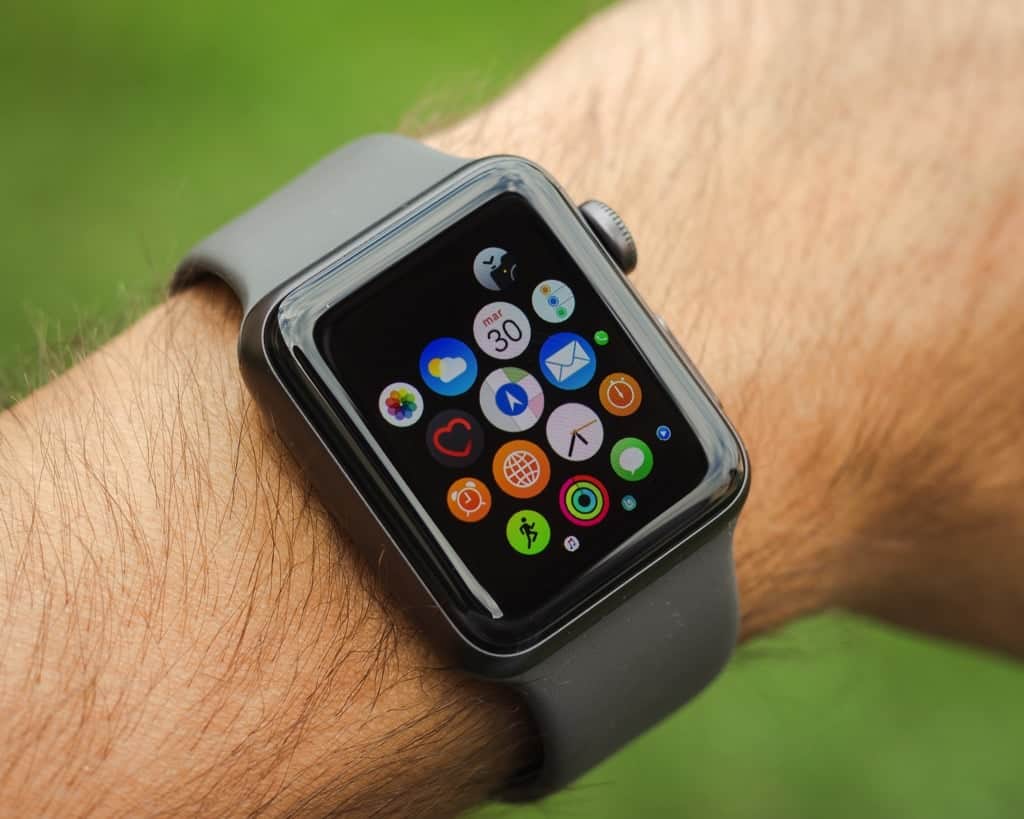

Set up your timers in the iPhone app, and each is then displayed on your Apple Watch with a colour, label and icon. However, they’re devoid of context, and you can only run one at once. And you can also set up notifications on your iPhone that’ll appear on your Apple Watch, which for SAD sufferers can be limited to days when daylight’s increasing.Īlthough Apple’s Timer has a moniker in the singular, it does in fact store multiple timers – including custom ones. There are complication options, including a large one with a graph and sunrise/sunset times. Along with providing sunrise and sunset times, it outlines how much more (or less) daylight there is on any given day compared to the previous one. You’ll need subscription IAP for a bunch of the Apple Watch features, note – but it’s well worth splashing out.ĭesigned for people who look forward to brighter days, Solstice keeps tabs on daylight levels. On Apple Watch, its power is in complications, with you being able to have it take over a face, like a wrist-based combination of Siân Lloyd and HAL-9000. On iPhone, this means you can rework the interface however you see fit. The big plus of CARROT Weather, though, is its customisation capabilities.

You’ll helpfully be told it “sucks to be you” if it’s about to chuck it down – or that it’s “a bit moony” on a cold, clear night.

CARROT does a lot better, with a minimalist take on its superb iPhone app, delivering data-dense forecasts with a dollop of snark. Apple’s weather app places forecast data around a dial.


 0 kommentar(er)
0 kommentar(er)
